Pop Mart's Global Expansion: Crafting a Collectible Empire
From Chinese Startup to International Toy Market Dominance
In just over a decade, Pop Mart has transformed from a modest Chinese retail concept into a global collectibles powerhouse, reshaping how consumers interact with designer toys across nearly 100 countries. I'll explore how strategic visualization and an innovative IP-driven approach have fueled this remarkable journey.
The Rise of Pop Mart: From Chinese Startup to Global Phenomenon
When I look at the toy industry's transformation over the past decade, Pop Mart stands out as a remarkable success story. Founded in 2010 by Wang Ning with a vision of "celebrating daily moments through designer toys," this once modest Chinese retail concept has evolved into a billion-dollar collectibles empire that's reshaping consumer engagement with toys worldwide.
What fascinates me most about Pop Mart's journey is not just its financial success, but how it has transformed the collectibles market from a niche hobby into a mainstream cultural phenomenon. The company's growth trajectory has been nothing short of extraordinary.

Pop Mart's Explosive Growth
The following chart illustrates Pop Mart's remarkable financial performance:
The numbers tell a compelling story: a 165-170% year-on-year revenue growth in Q1 2025, building on a 106.9% jump in 2024 performance. Net profit soared 185.9% to 3.4 billion yuan in 2024. What truly signals Pop Mart's global ambitions is the 375.2% surge in overseas revenue to 5.07 billion yuan, accounting for 38.9% of total revenue. With a presence in nearly 100 countries, Pop Mart has successfully transitioned from domestic success to international powerhouse.
The Visual Appeal Strategy: Turning Collectibles into Cultural Icons
At the heart of Pop Mart's success is a masterful understanding of visual appeal. I've observed how they've elevated simple toys into cultural icons through distinctive visual identities and strategic character development. Their approach transcends traditional toy marketing by creating emotional connections that resonate across cultural boundaries.

The company's flagship character, Molly, serves as a visual anchor for brand recognition. With her distinctive teardrop eyes and versatile design adaptations, Molly has become instantly recognizable worldwide. This character-centric approach has created a visual language that transcends linguistic and cultural barriers.
Character Development Strategy
How Pop Mart transforms abstract collector desires into tangible emotional connections:
flowchart TD
A[Artist Selection] --> B[Character Concept Development]
B --> C[Visual Identity Creation]
C --> D[Limited Edition Releases]
D --> E[Cultural Integration]
E --> F[Global Recognition]
A --> G[Artistic Freedom]
G --> C
B --> H[Emotional Connection Points]
H --> I[Collector Anticipation]
I --> D
E --> J[Regional Adaptations]
J --> F
style A fill:#FF8000,stroke:#E67300,color:white
style F fill:#FF8000,stroke:#E67300,color:white
I find that using ai marketing tools like PageOn.ai's Deep Search capabilities can help identify trending visual elements across different markets. This allows companies like Pop Mart to anticipate visual preferences and adapt their character designs to resonate with local tastes while maintaining global appeal. The ability to visualize consumer preferences across diverse markets has been instrumental in Pop Mart's international success.
IP-Driven Business Model: The Foundation of Global Success
What I find most impressive about Pop Mart's approach is their strategic focus on intellectual property as the cornerstone of their business model. Unlike many toy manufacturers that license existing characters, Pop Mart has built a fortress of original IP through exclusive partnerships with over 30 toy designers.
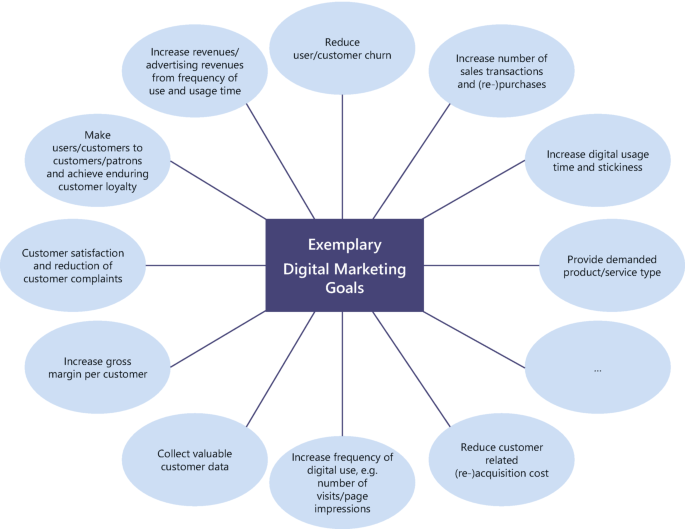
This approach to IP acquisition and protection is particularly fascinating when visualized. By securing creative control through these exclusive partnerships, Pop Mart ensures consistency in character development while building a diverse portfolio of visual assets. Their trademark protection strategies for character names, designs, and features create barriers to entry that competitors find difficult to overcome.
IP Protection and Licensing Structure
Pop Mart's comprehensive approach to IP management:
flowchart TD
A[Pop Mart Core IP Strategy] --> B[Original Character Creation]
A --> C[Designer Partnerships]
A --> D[Trademark Protection]
A --> E[Licensing Opportunities]
B --> F[In-house Design Team]
B --> G[Character Evolution]
C --> H[Exclusive Contracts]
C --> I[Artist Royalties]
D --> J[Name Protection]
D --> K[Visual Design Registration]
D --> L[Anti-counterfeiting Measures]
E --> M[Brand Collaborations]
E --> N[Media Extensions]
E --> O[Merchandise Licensing]
style A fill:#FF8000,stroke:#E67300,color:white
style D fill:#FFB066,stroke:#E6A05C
style C fill:#FFB066,stroke:#E6A05C
Visualizing these complex IP relationships is essential for understanding Pop Mart's competitive advantage. Using tools like PageOn.ai's AI Blocks, companies can map out their IP ownership structures and licensing relationships to identify strengths and potential vulnerabilities in their strategic sales plan. This visual approach to IP management helps ensure that all stakeholders understand the value and protection of creative assets.
International Market Penetration: Visualizing the Global Footprint
Pop Mart's international expansion strategy fascinates me with its bold ambition and precise execution. The company's overseas revenue surged by 375.2% to reach 5.07 billion yuan, accounting for 38.9% of total revenue. This remarkable growth didn't happen by chance—it resulted from a carefully orchestrated global retail strategy.
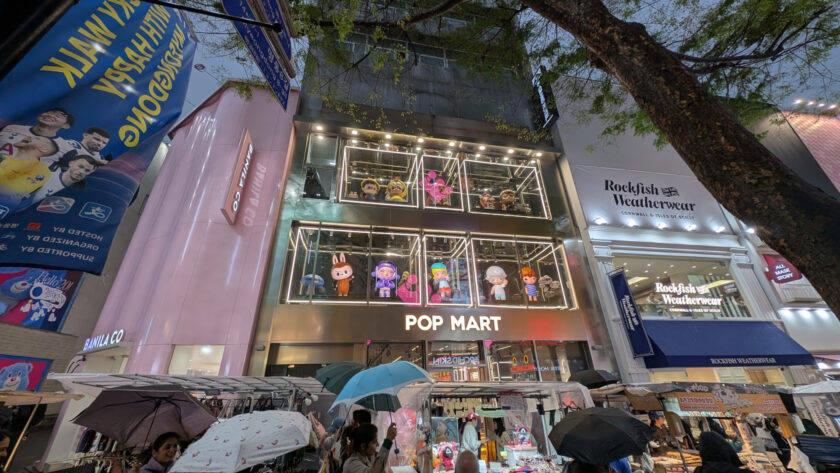
What I find particularly strategic is Pop Mart's selection of retail locations. Rather than simply securing high-traffic areas, they've positioned flagship stores in culturally significant venues like the Louvre in Paris and Sun World Ba Na Hills in Vietnam. This placement associates their products with artistic and cultural significance, elevating them beyond mere toys to collectible art pieces.
Overseas Revenue Growth
The dramatic shift in Pop Mart's revenue sources:
Looking ahead, Pop Mart's expansion plan for approximately 100 new overseas stores, including super-flagship locations in the U.S., Thailand, France, and Australia, signals their commitment to global dominance. This aggressive retail strategy is complemented by their innovative POPOP pop-up store concept, which allows for rapid market testing and brand exposure.
Mapping this market penetration with visualization tools is crucial for identifying regional opportunities and optimizing resource allocation. Companies implementing a multi-segment marketing strategy like Pop Mart can benefit from PageOn.ai's visualization capabilities to track performance across different regions and identify emerging market opportunities before competitors.
Brand Differentiation Through Visual Storytelling
One of the most impressive aspects of Pop Mart's international strategy is how they've overcome the "Made in China" stereotypes that might have limited their global appeal. I've observed how they've positioned themselves not as a toy manufacturer but as a curator of artistic expression and cultural artifacts.

Eva Zhao, Pop Mart's head of international marketing, articulates this approach perfectly: "To stand out in an international market, Pop Mart is pushing art and innovation to the forefront of its public image." By platforming individual designers and artists from around the world, they create a sense of individuality in their products that transcends national origin.
Visual Storytelling Framework
How Pop Mart builds narrative through visual elements:
flowchart TD
A[Brand Narrative] --> B[Artist Spotlights]
A --> C[Character Backstories]
A --> D[Cultural References]
A --> E[Visual Consistency]
B --> F[Designer Profiles]
B --> G[Creative Process Videos]
C --> H[Character Universe Building]
C --> I[Emotional Connections]
D --> J[Local Cultural Elements]
D --> K[Global Appeal Adaptations]
E --> L[Design Language]
E --> M[Packaging Aesthetics]
style A fill:#FF8000,stroke:#E67300,color:white
style B fill:#FFB066,stroke:#E6A05C
style C fill:#FFB066,stroke:#E6A05C
This approach aligns with what luxury brand strategy expert Daniel Langer identified as a client-centric marketing model that incorporates psychology and storytelling: "What truly matters is how a brand makes clients feel." Pop Mart has mastered this emotional connection through visual storytelling.
Their partnerships with legacy brands further enhance their visual credibility, creating collaborative collections that bridge established brand equity with Pop Mart's fresh aesthetic. These strategic partnerships demonstrate an understanding of the 4 Ps of marketing that extends beyond product and price to include sophisticated promotion and placement strategies.
The POPOP Experience: Reimagining Retail Engagement
The POPOP pop-up store concept represents one of Pop Mart's most innovative approaches to retail engagement. I've found this strategy particularly effective as it creates a sense of urgency and exclusivity while allowing the company to test new markets with minimal investment.
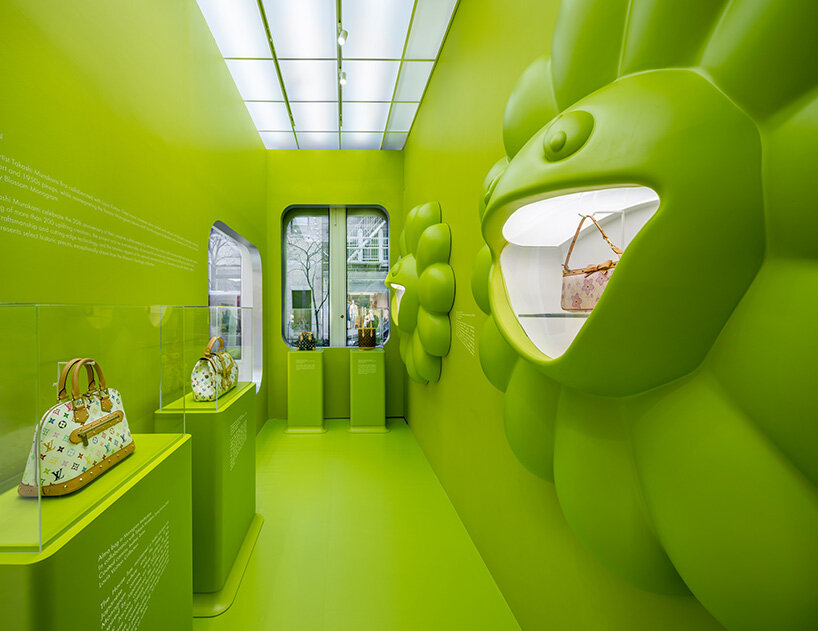
These pop-up experiences serve as a strategic visualization of brand accessibility, creating immersive retail environments that translate across cultural boundaries. The temporary nature of these installations generates buzz and creates FOMO (fear of missing out) among collectors, driving foot traffic and social media engagement.
Blind Box Phenomenon Impact
How the blind box concept drives consumer engagement:
Central to the POPOP experience is the blind box phenomenon, which builds anticipation through visual mystery. Consumers purchase sealed boxes without knowing which specific design they'll receive, creating an unboxing experience that's highly shareable on social media. This gamification of retail has proven remarkably effective at driving repeat purchases as collectors seek to complete sets or find rare designs.
Designing these experiential retail concepts requires careful attention to visual flow and customer journey mapping. PageOn.ai's visual planning features can help retailers conceptualize these spaces and optimize them for both aesthetic appeal and commercial performance. As american manufacturing companies look to compete in the global marketplace, these innovative retail approaches offer valuable lessons in customer engagement.
Financial Visualization: Mapping the Growth Trajectory
The financial story behind Pop Mart's global expansion is as compelling as their product design. With 2025 revenue targets set at 20 billion yuan (representing a 50% year-on-year increase), the company has set ambitious but achievable goals based on their growth trajectory.
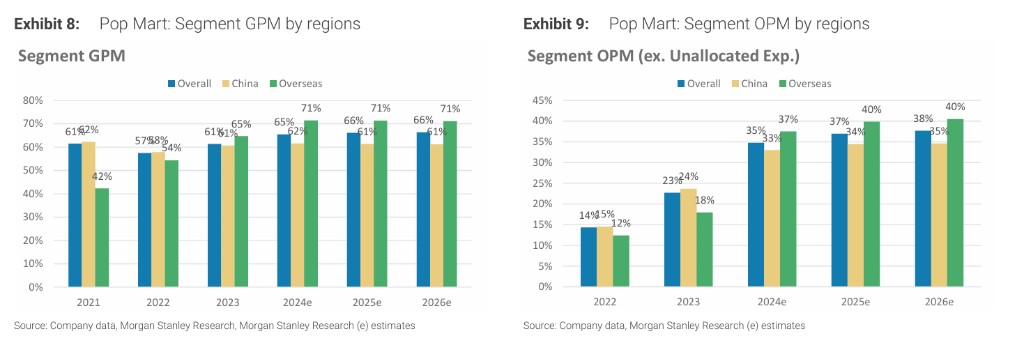
What I find particularly noteworthy is the projection for overseas markets to contribute over 10 billion yuan to this total. This represents a fundamental shift in the company's revenue structure, with international sales potentially matching domestic revenue for the first time.
Growth Trajectory Analysis
Year-over-year growth rates across key metrics:
Visualizing these complex financial projections is essential for investor communication and strategic planning. Using PageOn.ai to transform financial data into accessible visual forecasts helps stakeholders understand growth patterns and investment potential. The ability to clearly communicate financial trajectories has been crucial to Pop Mart's ability to attract investment and support their ambitious expansion plans.
Future Challenges and Opportunities: Visualizing Sustainable Growth
Despite Pop Mart's remarkable success, I see several challenges on the horizon that will require strategic foresight to navigate. Perhaps the most significant is their IP dependence risk. While their exclusive contracts with over 30 toy designers provide a strong foundation, over-reliance on the popularity of a few key characters like Molly could pose long-term vulnerabilities.
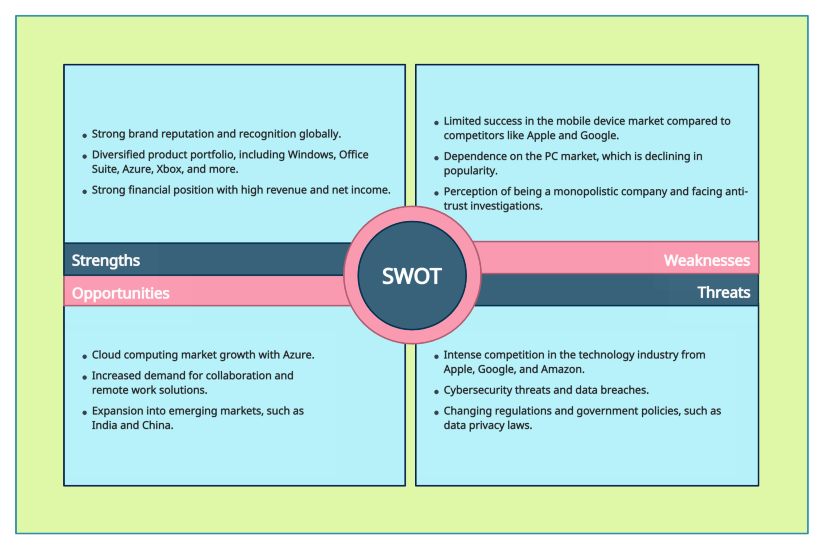
Maintaining brand momentum across diverse international markets presents another complex challenge. Consumer preferences, regulatory environments, and competitive landscapes vary significantly across regions, requiring nuanced approaches to each market while maintaining a cohesive global brand identity.
Strategic Risk Assessment
Balancing challenges and opportunities for sustainable growth:
flowchart TD
A[Sustainable Growth Strategy] --> B[IP Diversification]
A --> C[Market Adaptation]
A --> D[Exclusivity Balance]
A --> E[Digital Integration]
B --> F[New Character Development]
B --> G[IP Acquisition]
B --> H[Creator Incubation Program]
C --> I[Regional Consumer Research]
C --> J[Local Partnership Strategy]
C --> K[Culturally Relevant Designs]
D --> L[Limited Edition Strategy]
D --> M[Mass Market Accessibility]
D --> N[Tiered Collectible System]
E --> O[Digital Collectibles/NFTs]
E --> P[AR/VR Experiences]
E --> Q[Community Platforms]
style A fill:#FF8000,stroke:#E67300,color:white
style B fill:#FFB066,stroke:#E6A05C
style D fill:#FFB066,stroke:#E6A05C
Balancing mass appeal with collector exclusivity represents a delicate equilibrium. As Pop Mart expands, they must carefully manage the tension between growth and maintaining the perception of exclusivity that drives much of their collectible appeal. Too much market saturation could diminish the perceived value of their products.
Strategic scenario planning with visual thinking tools is essential for anticipating these market shifts. PageOn.ai's visualization capabilities can help companies map potential outcomes and develop contingency plans for different market conditions. This visual approach to strategic planning enables more agile responses to changing market dynamics and consumer preferences.
Transform Your Visual Expressions with PageOn.ai
Ready to visualize your company's global strategy like Pop Mart? PageOn.ai helps you create compelling visual expressions that communicate complex market dynamics, strategic plans, and growth trajectories with clarity and impact.
Start Creating with PageOn.ai TodayConclusion: Lessons from Pop Mart's Visual Conquest
Pop Mart's remarkable journey from Chinese startup to global collectibles empire offers valuable insights for any business with international ambitions. Their strategic use of visual elements—from character design to retail experiences—demonstrates how powerful visual communication can transcend cultural and linguistic barriers.
The company's IP-driven business model, strategic retail location selection, and innovative blind box concept have created a blueprint for global expansion that balances standardization with local adaptation. Their approach to visual storytelling has effectively countered potential stereotypes and positioned their products as cultural artifacts rather than mere toys.
As Pop Mart continues its global expansion, their ability to visualize complex strategies, market dynamics, and growth opportunities will be crucial to sustaining their momentum. Tools like PageOn.ai that transform data and concepts into clear visual expressions can play a vital role in communicating strategy across global teams and ensuring alignment with the company's ambitious vision.
You Might Also Like
Google's 9-Hour Prompt Engineering Path to AI Mastery | Complete Visual Guide
Master AI communication through Google's comprehensive 9-hour prompt engineering framework. Learn visual strategies for effective AI interaction and professional success.
Bridging Worlds: How Diffusion Models Are Reshaping Language Generation | PageOn.ai
Explore the revolutionary convergence of diffusion models and language generation. Discover how diffusion techniques are creating new paradigms for NLP, bridging visual and linguistic domains.
How AI Saves Marketing Teams 5+ Hours Weekly While Boosting Productivity 83% | Visual Content Revolution
Discover how AI transforms marketing workflows, saving 5+ hours weekly and boosting productivity by 83%. Learn visual content strategies that eliminate manual tasks and accelerate campaigns.
Transforming Marketing Teams: From AI Hesitation to Strategic Implementation Success
Discover proven strategies to overcome the four critical barriers blocking marketing AI adoption. Transform your team from hesitant observers to strategic AI implementers with actionable roadmaps and success metrics.
